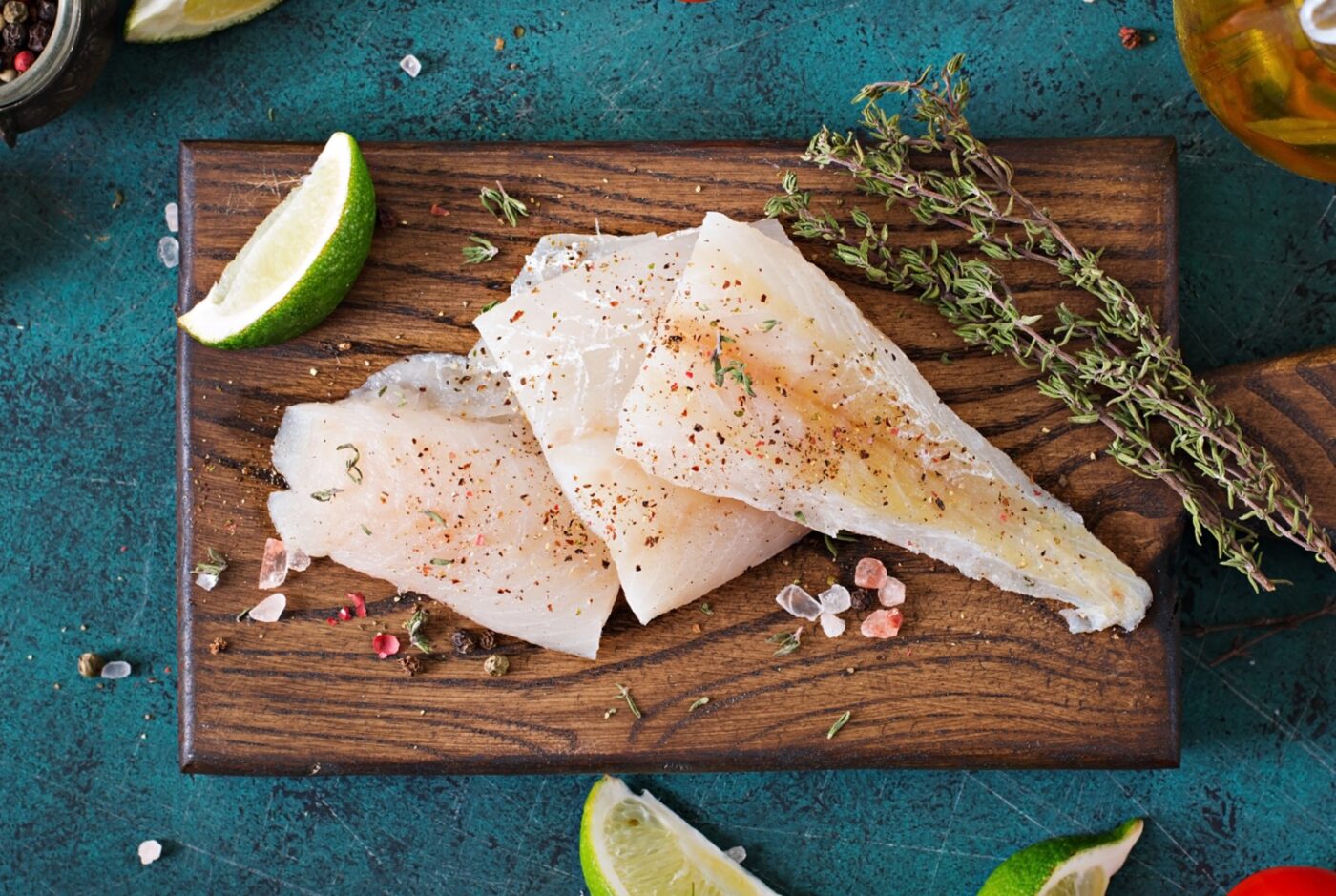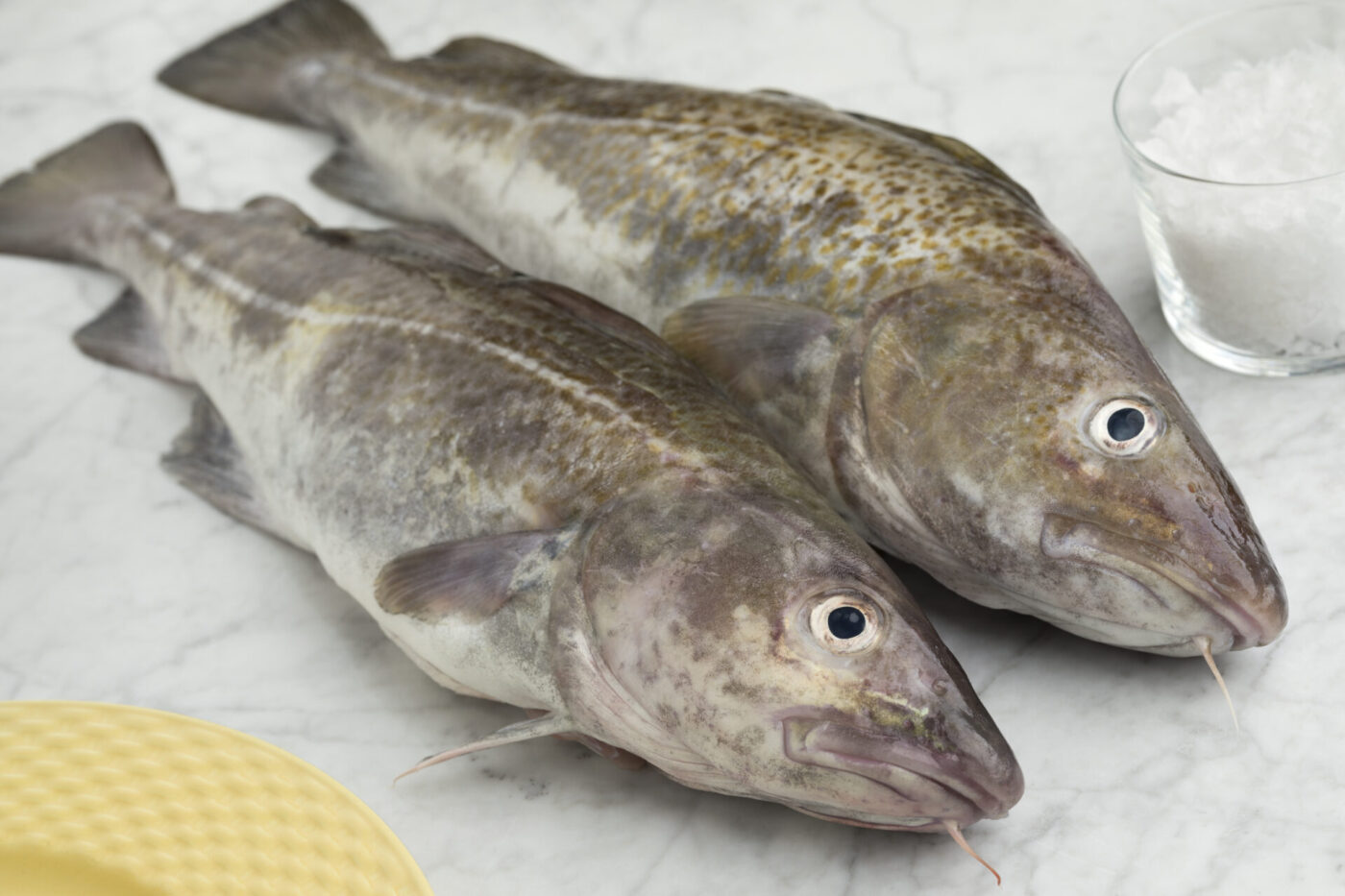Fish and Triple-cooked Chips
December 12, 2023The ultimate Crispy Battered Fish and Chips experience! Join me as I show you how to make crispy fish fillets, triple-cooked chips that are out of this world, and a homemade tartar sauce that will blow your taste buds away. It is traditional on a Friday in the UK to have Fish ‘N’ Chips. This recipe is absolutely the best thing to do since sliced bread….which obviously has to accompany the dish!




Comments